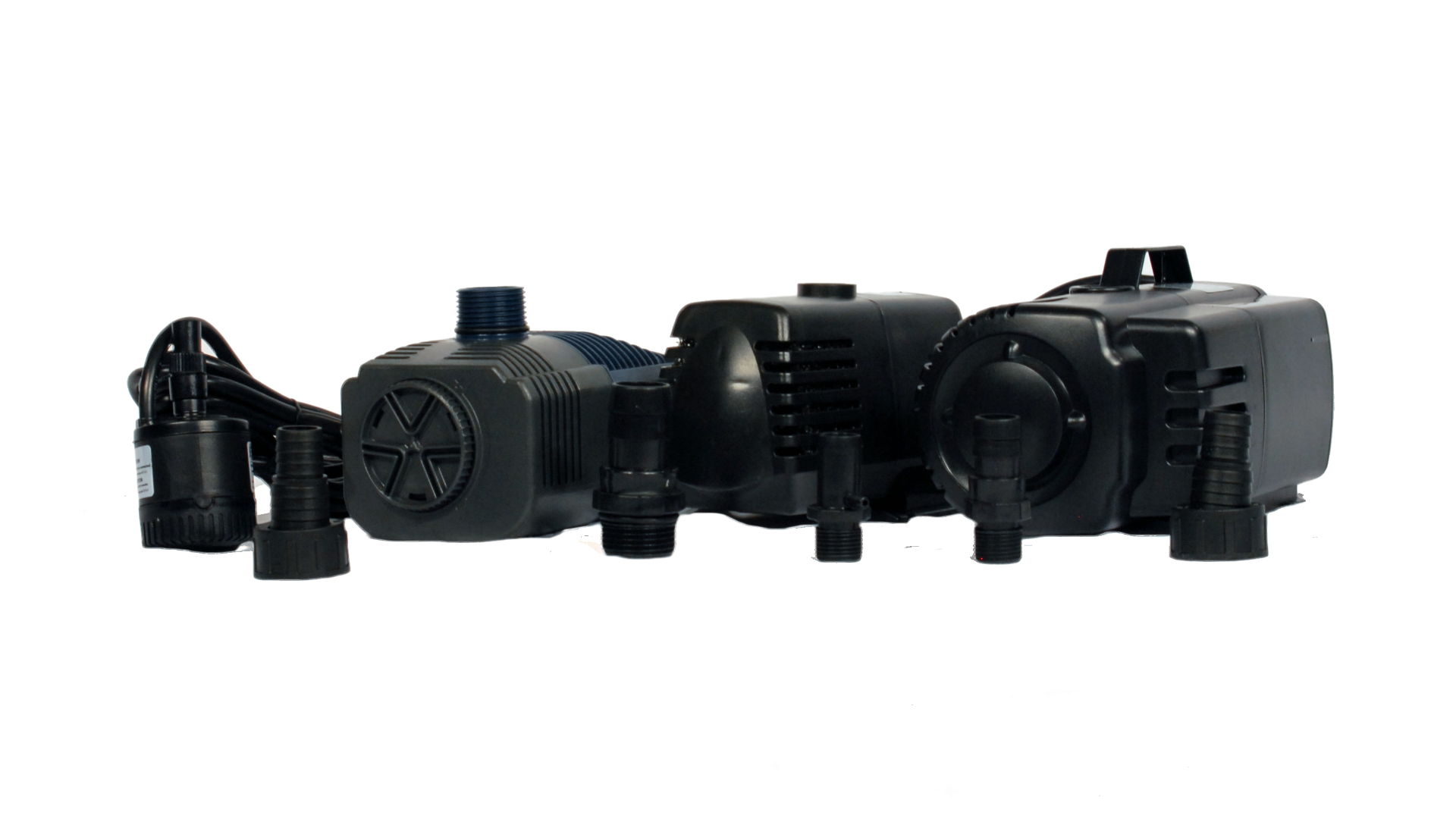Intro to Mad Flow

Sooner than later, as a new marine aquarium keeper, you came across the term “flow,” and with good reason. It is an important aspect of general tank health, and a crucial element for the well being of many common aquarium inhabitants, especially sessile (stuck in one place) invertebrates.
In the most general sense, the flow of a tank is how the water moves around and through it. This has importance in a few ways. First and foremost, a certain portion of the flow in your tank is generated by something we call “overturn.” This means how many times per hour the water in the aquarium goes through the filtration system. We've discussed this a bit in the past in this series, but as a recap, you want the full volume of the aquarium to pass through your filter at least six times and hour. For example, if you have a 20 gallon aquarium, you want your filter system to process at least 120 gallons per hour. Obviously, this moves a reasonable amount of water throughout your aquarium, but sometimes not enough for the second most important aspect of flow which is suspension.
When you set up your aquarium and let the filter system run, there will be places where uneaten food and fish waste seem to build up; places where the flow is low enough so that it cannot suspend that waste and the waste (detritus) settles out. Obviously, if you notice food building up in these places, you're feeding too much (but this is another article). Even if your food is all being consumed, there are likely going to be places where fish waste will accumulate. When you do water changes, these areas should be targeted while siphoning out water, but attempts should also be made to adjust how the flow in the aquarium works to minimize or ideally eliminate these dead zones (with a few exceptions). This is where additional flow comes in.

How does one go about generating additional flow? Well, there are more than a few advanced ways, like surge tanks, closed loops, and wave makers to name a few. Each has their own advantages and disadvantages. The vast majority of hobbyists rely on devices called circulation pumps, also known as powerheads or jets. These are basically water fans that push water in a specific direction. The best versions of these for marine tanks look like desk fans on steroids. They go by more than a few brand names, but you'll know them when you see them. These generate less heat than impeller driven, traditional powerheads, while producing a softer, more diffuse (spread out) water flow pattern.
Whatever you choose, these can be placed around the display to either pull water from, or push water toward these dead zones, keeping waste suspended in the water column so that it can be pushed through the filtration and removed from the display. In general, most of the fish we commonly see in home marine aquarium come from places with a lot of tidal water movement, surges and constantly upwelling currents. There are exceptions, but you'll find that most fish will utilize all the aquarium's currents swimming in and out of them.
How much additional flow is too much? This is a more nuanced question, and is really dependent on what else is in your display. Most sessile invertebrates like some flow, some like a lot, and none like direct flow pointed right at them without a break. This direct, endless flow is usually called “laminar” flow, and is a quick way to kill most of the corals, clams, tube worms and sea fans you can keep. Tangs and wrasses love so much flow it seems impossible to have to much for most of them. As a group, we've owned, seen and maintained aquariums from 100 times the total volume of the aquarium in flow down to tanks with almost none. In honesty, the 60 gallon aquarium, with all the pumps, filters, and wave makers totaling 6000 gallons per hour of flow was massive overkill. On the other side of that equation, tanks with minimal flow are a very specific niche as well, and primarily good for rearing babies. A good rule is to shoot for at least 10- 20 times the total tank volume in flow for just fish and most soft corals, or large polyp stony corals, and the high end could be upwards of 40 times total tank volume for small polyp stony corals. If the flow in your aquarium is suspending your substrate (sand, gravel, whatever is on the bottom of the tank), you either need to redirect flow, use less flow, use larger substrate, or eliminate substrate all together.
A tank that has flow dialed in will have less problems with nuisance growths, as well as healthier fish and invertebrates. We've even seen small tanks without filtration that worked quite well as a result of good flow and balanced nutrient input. Now head over to your LFS and ask them about different solutions for your flow needs. Tell them Quality Marine sent you.